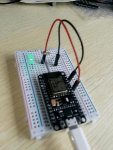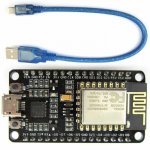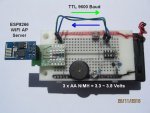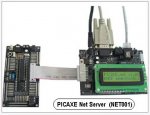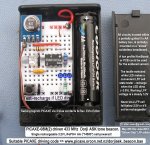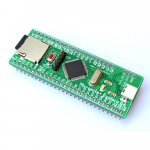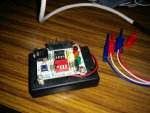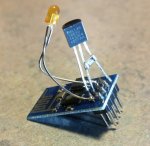Is Rev. Ed intending PICAXE "platform" upgrades ? It's buying time of year down under, especially for educational institutions, & even the educational/hobbiest market looks to be rapidly moving away from DIP ICs to more temptingly self contained & smaller Dev. Boards. Rev. Ed's AXE091 Ultimate Development Board is increasingly considered too large and costly (~US$100 here).
Two recent tiny footprint releases pictured,one the new & breadboard friendly ESP8266 WiFi Dev. Board, for which a BASIC has already been produced. The other is the just out RPi Zero, which is made in Wales & sells - holy smoke - for a mere US$5 (or even "FREE")!
Hence I ponder (after 50+ years in electronics, 40+ in e-tech. education & a good decade with PICAXEs) that a PICAXEd version of such a modern Dev. Board would be very appealing! Stan.
Two recent tiny footprint releases pictured,one the new & breadboard friendly ESP8266 WiFi Dev. Board, for which a BASIC has already been produced. The other is the just out RPi Zero, which is made in Wales & sells - holy smoke - for a mere US$5 (or even "FREE")!
Hence I ponder (after 50+ years in electronics, 40+ in e-tech. education & a good decade with PICAXEs) that a PICAXEd version of such a modern Dev. Board would be very appealing! Stan.
Attachments
-
27.9 KB Views: 46
-
220.6 KB Views: 40
Last edited:

